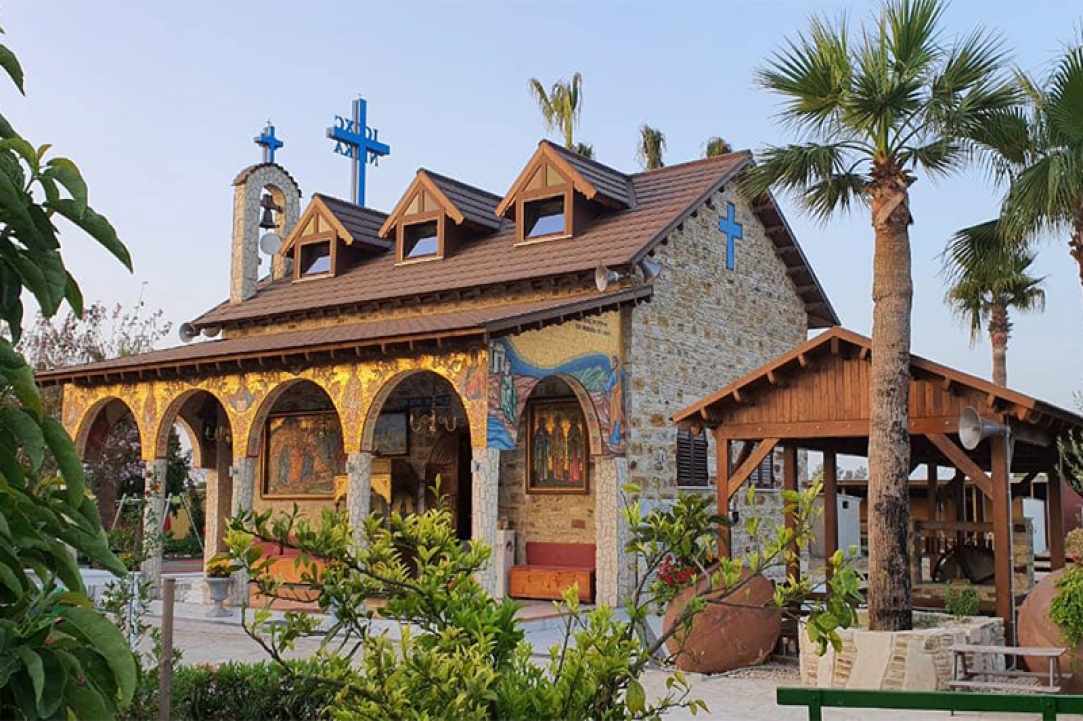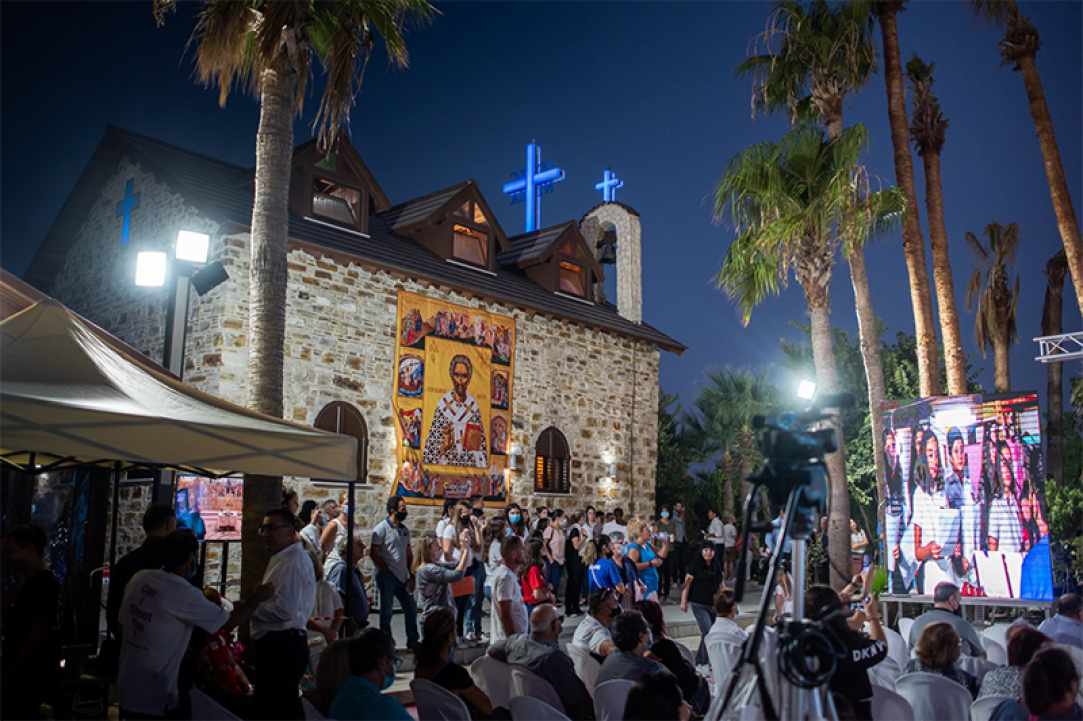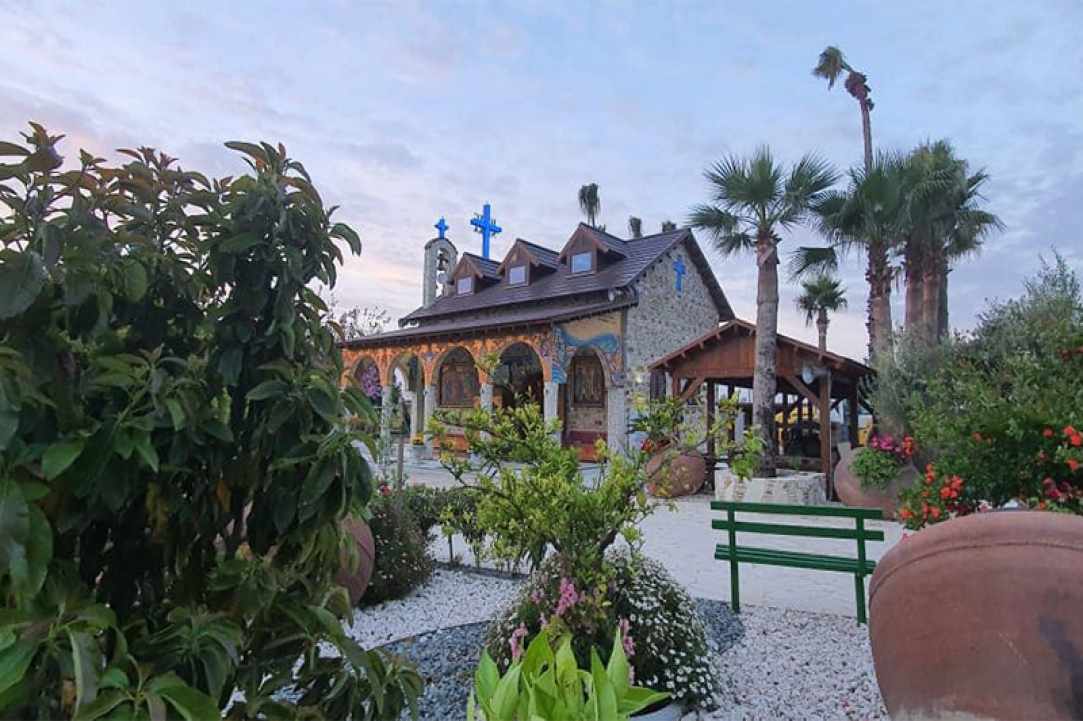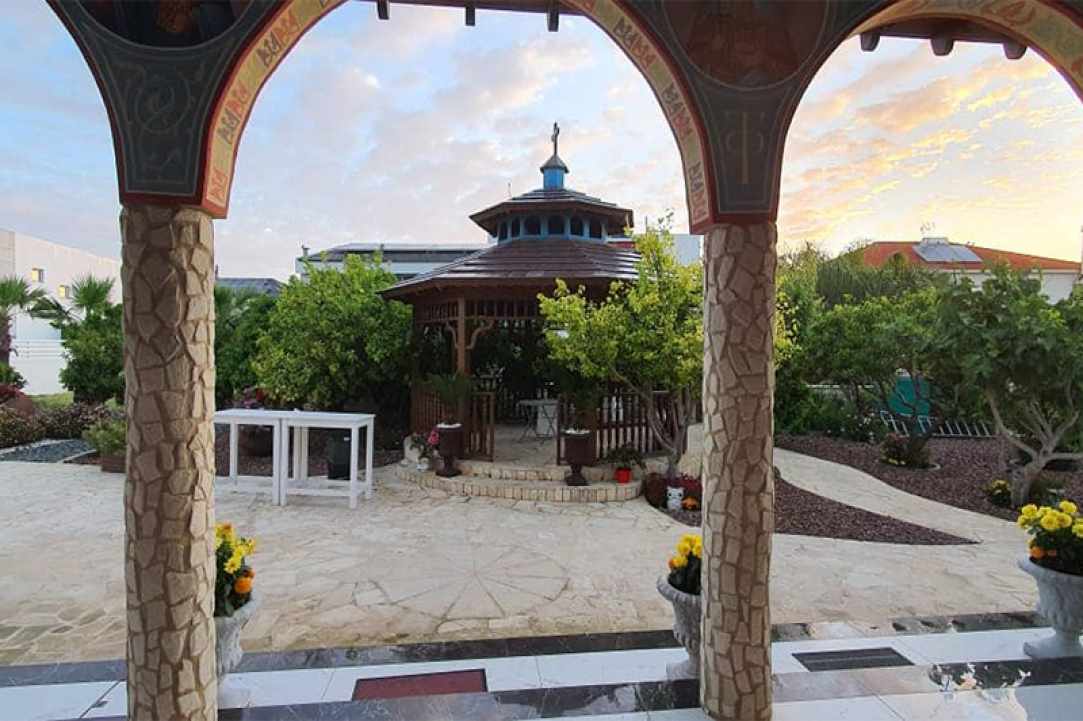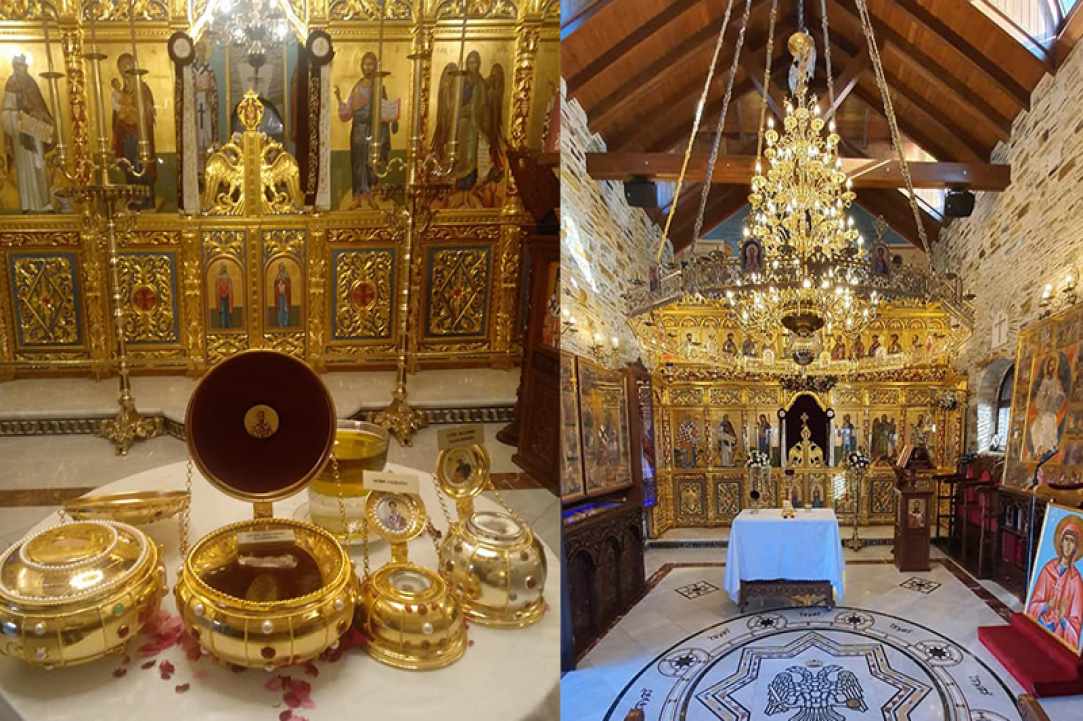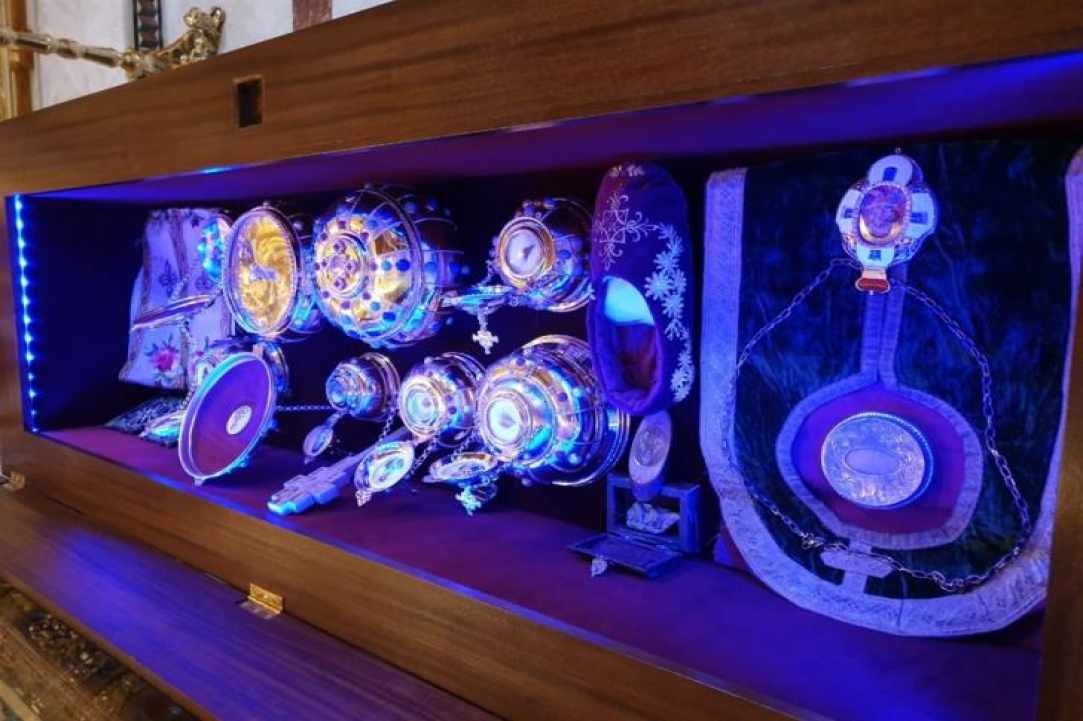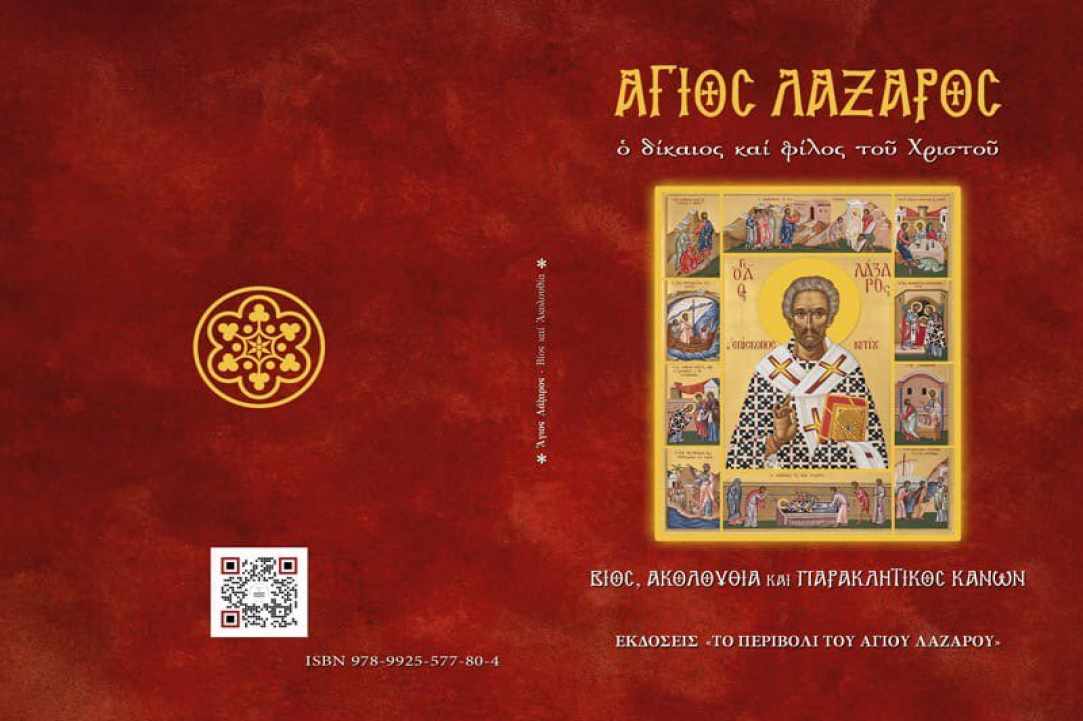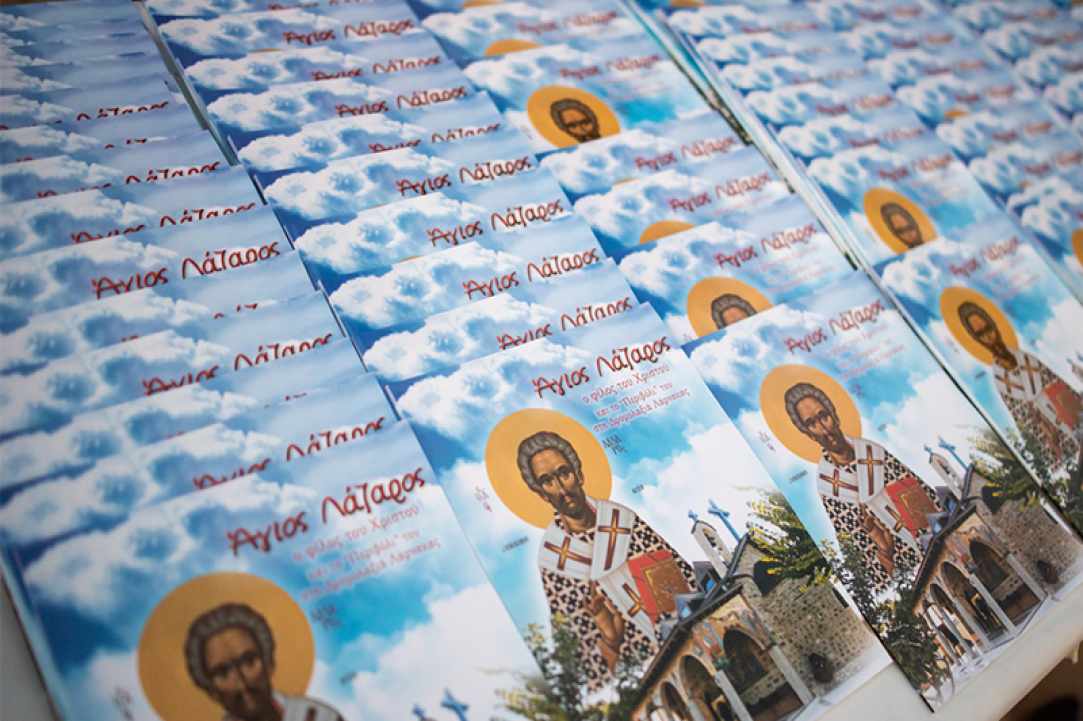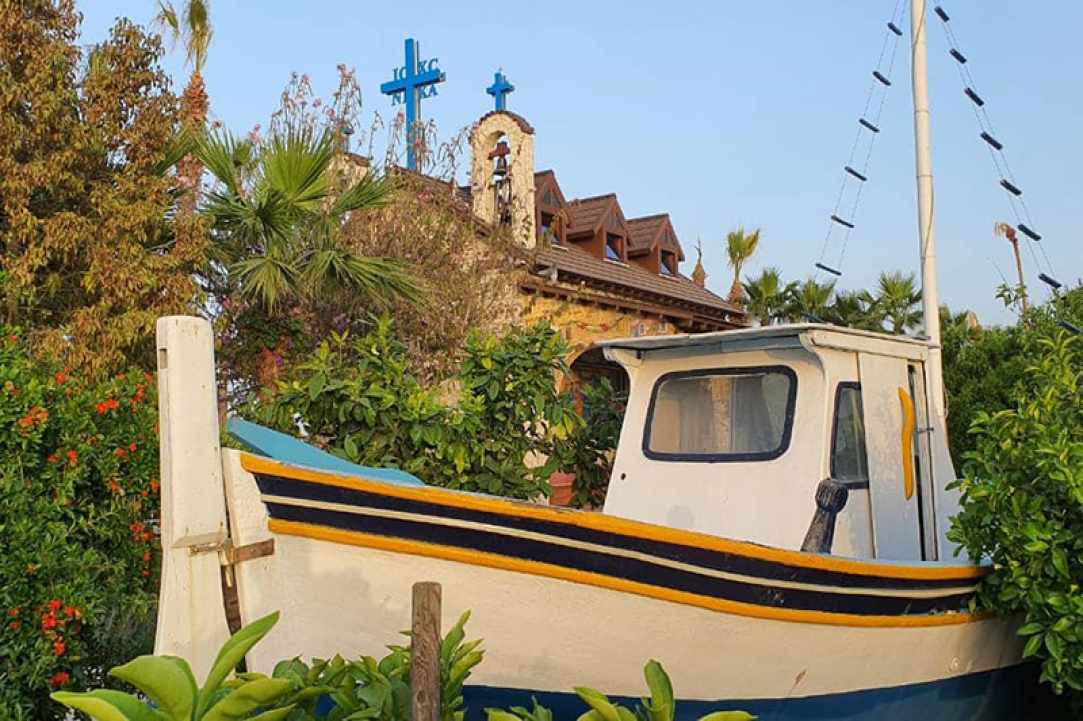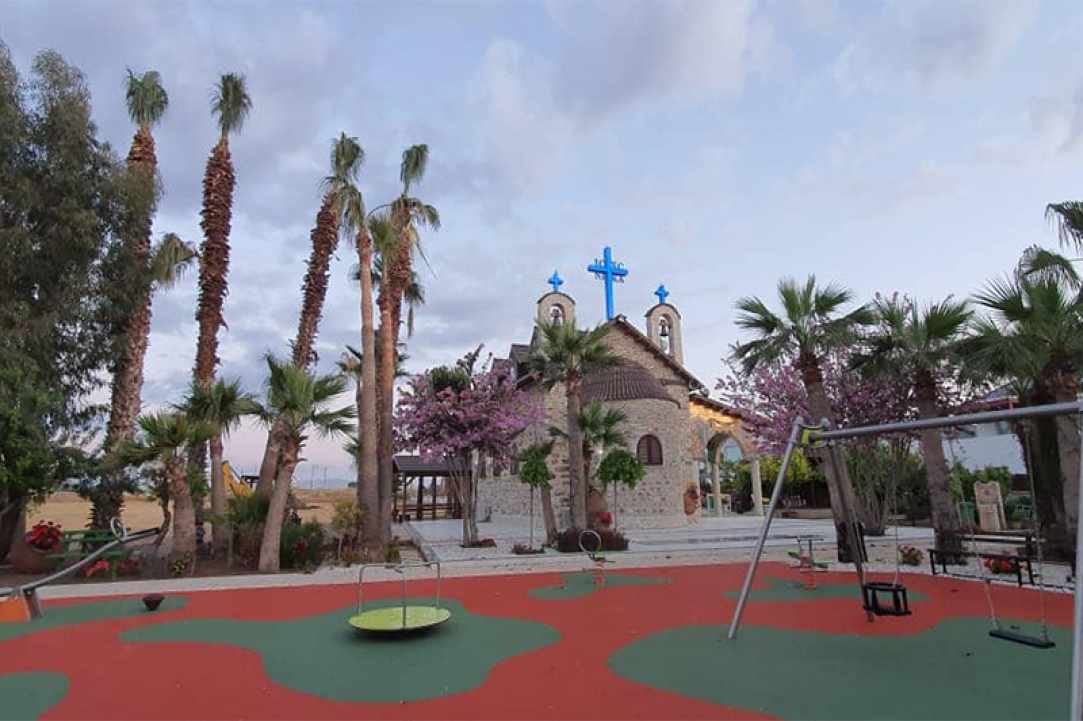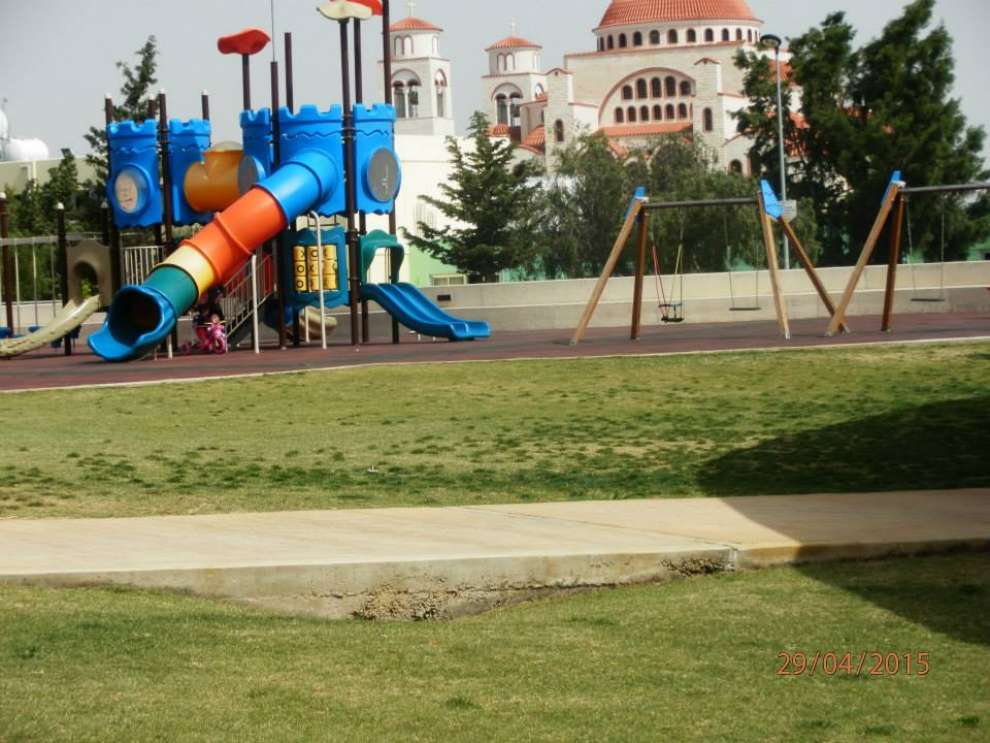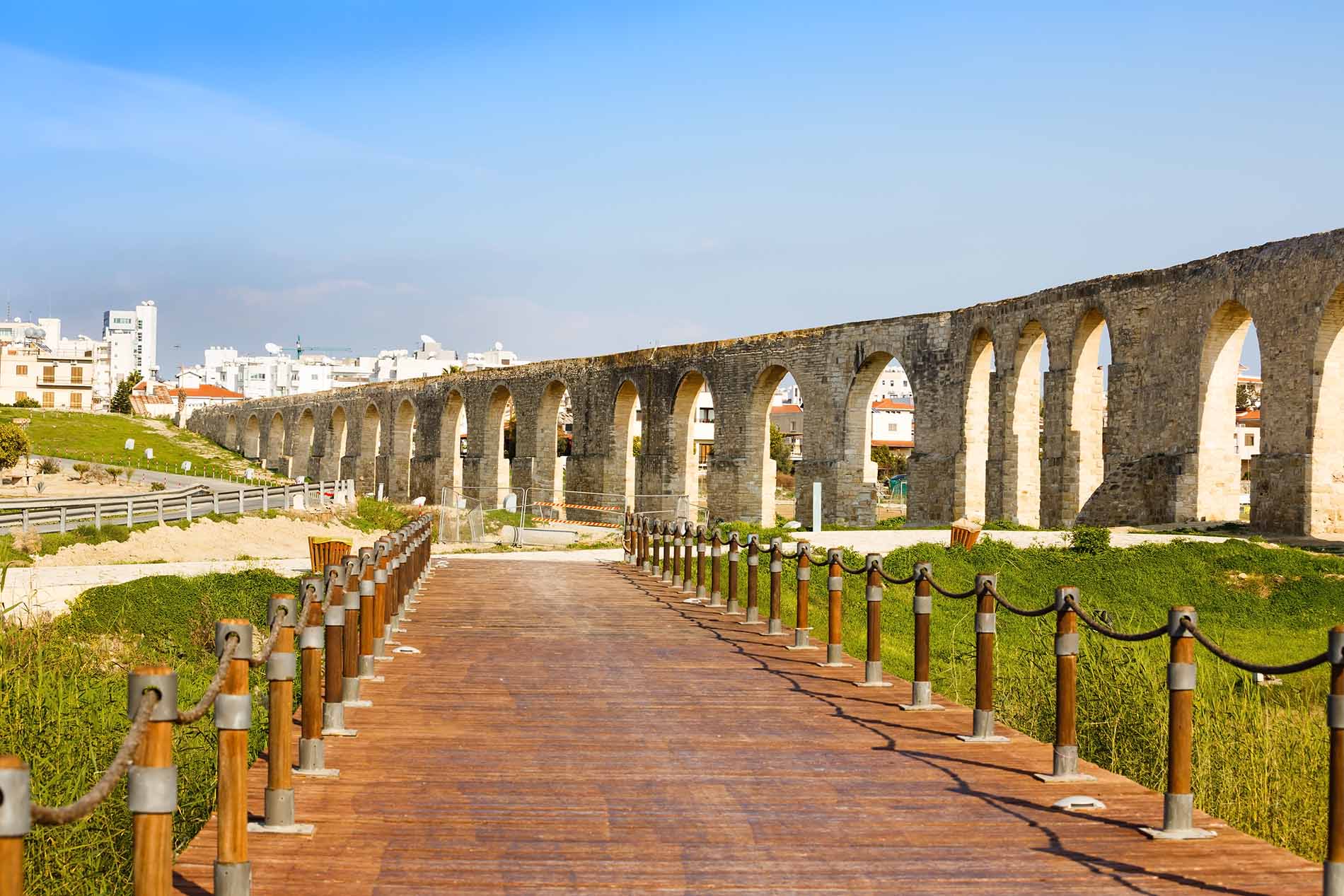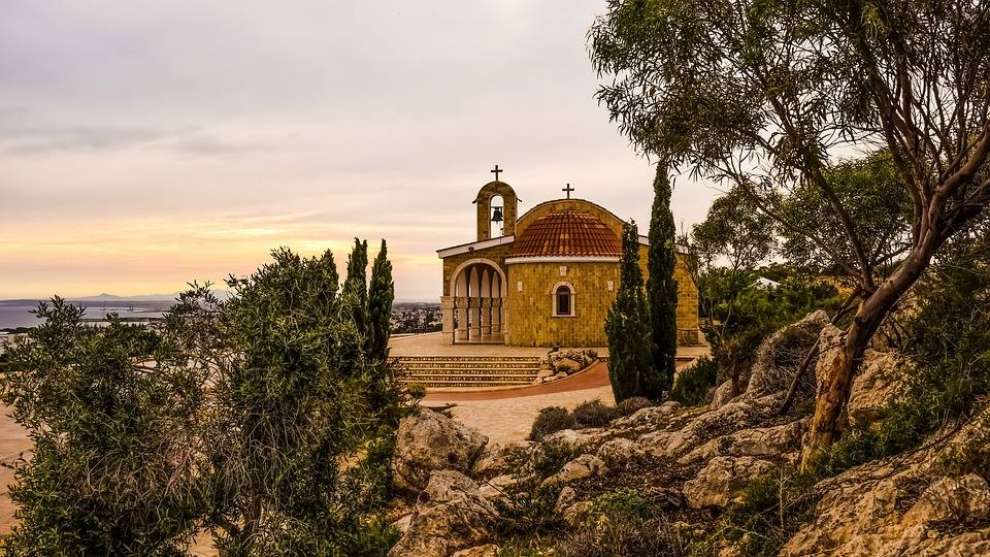To Perivoli tou Agiou Lazarou
The new jewel of Cyprus and Orthodoxy!
The Perivoli tou Agiou Lazarou, in Dromolaxia, is one of the two ecclesiastical sites in Cyprus, dedicated to the life of Agios (Saint) Lazaros, who was the first Bishop of Kition. In the area around the church, there is an orchard, a playground and other exhibits that offer peace of mind and rejoicing!
In the themed garden, around the church, there are 100 vines which symbolise the Vineyard that was located in the location of where Alyki is today. According to tradition, the Saint, with a prayer, turned the vineyard into Alyki. Not as a curse but as a blessing that he gave to Cyprus, a treasure, because salt during those times corresponded to what oil means today. Whoever managed the salt was also dominant in the market.
In December 2018, the superior church was inaugurated with the imposed ecclesiastical grandeur, under the name "To Perivoli tou Agiou Lazarou". The church is dedicated to the Return of the Holy Relics of the Saint from Larnaka to Constantinople, in the year 818, by the emperor Leo VI the Wise and celebrates on October 17th.
Lazaros Philippou looks after and supervises the area, he has a special reverence for his patron Saint. The church, a true jewel of architecture, bears portable icons of Byzantine style both on the gilded wood-carved iconostasis and on the walls, while part of the exterior is adorned with wonderful illustrated representations. In the church, in an illuminated special showcase, relics of many Saints are kept in precious cases.
In the church there are divine Liturgies, sacred Masses and Vigils and it is visitable. The large privately owned space is a model theme park and with the cooperation of the Municipality, a beautiful playground was formed, dozens of trees and shrubs were planted as well as 100 vineyards which are all looked after.
A few words about Saint Lazarus:
The name Lazarus means "God is my helper". Saint Lazarus lived in Bethany and he was a righteous man and a true friend of Christ. In his house he often hosted the Lord, especially when he was leaving or returning from Jerusalem. Christ's love for Saint Lazarus and his sisters Martha and Mary is pointed out by the Evangelist Luke as something self-evident and mutual because it presupposes the respective love of all three for Jesus.
The face of Saint Lazarus is as mysterious as his death itself, but it brings joy as much as the Resurrection. Little do we know about this great Saint. Everything we know about him is taken from the New Testament and the Holy Tradition. The relationship of Saint Lazarus with Cyprus, which is also the subject of this exhibition, is based exclusively on the Holy Tradition. Some questioned this relationship because, as they said, there are no old written testimonies. The Holy Tradition, however, is not a theoretical discourse, cut off from the life and experience of God's people. This is the life of the Church, because the Church does not need written testimonies, when the words live in the hearts of the faithful. The Christians of Cyprus, for centuries now, live by the tradition of Saint Lazarus. They feel Saint Lazarus their own. It is a part of their very life. Nothing can come out of the soul of the Cypriots, that Saint Lazarus came to Cyprus and lived his whole life after the resurrection, on this island. A people who died daily from the endless calamities, found in Saint Lazarus the symbol of the Resurrected Hope in Christ. For two thousand years these people descended to Hades with Saint Lazarus and did not despair. They are resurrected with Saint Lazarus through Jesus Christ. They taste with the bitterness of death and the joy of the Resurrection.
In the Synaxarion of the day of the saints celebration, it is mentioned that his Omophorion was given by the Virgin Mary. There is also the reference to the well-known "Patria" of Mount Athos, according to which Saint Lazarus once invited the Virgin Mary to visit him in Cyprus, which she accepted. The Virgin Mary offered as a gift the upper Omophorion and a pair of Epimanikia. It is also mentioned that the visit to Mount Athos took place after Cyprus..
The illness of Lazarus and the Christ: According to the evangelist John, one day when Jesus was in Galilee, he learned that his friend Lazarus was sick. His sisters had warned him, saying, "Lord, yes, the one you love so much is sick." When Christ heard this, he said, "This disease is to show the glory of God." But Jesus deliberately delayed going to Bethany and stayed there for another 2 days. Then he said to his disciples, "Let us go to Judea again." The students, aware of the dangers that such a journey could have for their Master, tried to prevent him from doing so. "Teacher, a few days ago the Jews asked to stone you and do you want to go there again?" The Lord added: "Our friend Lazarus is asleep and I must go and wake him."
Jesus in the house of Lazarus: When Jesus went to the house of Lazarus with his disciples, Lazarus was already dead for 4 days. Martha ran to meet him, and after worshiping him reverently, she said to him in anguish: “Lord, if you had been here, my brother would not have died. But even now I know that whatever you ask of God, God will give it to you "The Lord answered her" your brother will be resurrected ".
The Resurrection of Lazarus: Lazarus's tomb was a cave and had a heavy stone on it. "Lift up the stone," Jesus commanded. Lazarus' sister Martha dares to intervene in this order of the Lord with cowardice and to say to him: “Lord, it smells. He has been dead for four days now. Jesus answered Martha's words and said to her, "Martha, I did not tell you that if you believe, you will see the glory of God." The Lord standing in front of the tomb with his eyes raised to heaven prayed and said before performing the miracle: "Lazarus, come out". And Lazarus, who already smelled as if he were awakening from a deep sleep, arose alive and well, wrapped in the shrouds and shrouds with which the Jews used to wrap the bodies of their dead, and came out of the tomb resurrected. The miracle spread and many believed. The miracle aroused the crowds of the Jewish people to welcome Christ to Jerusalem after a few days with the extraordinary enthusiasm mentioned in the Gospel.
After the Resurrection: The resurrection of Lazarus and the gathering of the crowd alarmed the chief priests and the Pharisees, who decided to kill both Jesus and Lazarus. But they did not do it for Lazarus, but a little later Jesus was crucified. Six days before the Passover, Jesus sat down to a meal given to Him. Lazarus was with him, and many people had gone to see not only Jesus but also the resurrected Lazarus. According to Saint Epiphanius, Bishop of Constantia in Cyprus (367-403 AD), Lazarus was then 30 years old and lived another 30 years after his resurrection. Another tradition also states that Lazarus after his resurrection, wanting to avoid the hatred of the high priests, took refuge in Kition (today's Larnaka) around 33 AD. Here the apostles Paul and Barnabas met him on their way from Salamis to Pafos, and he was ordained the first bishop of Kition, of the Church, which he founded. He worshiped the church of Kition with affection and love for about eighteen years until the end of his life, in 63 AD.
Below you can find additional information about Saint Lazarus:

 English
English
 Ελληνικά
Ελληνικά Русский
Русский